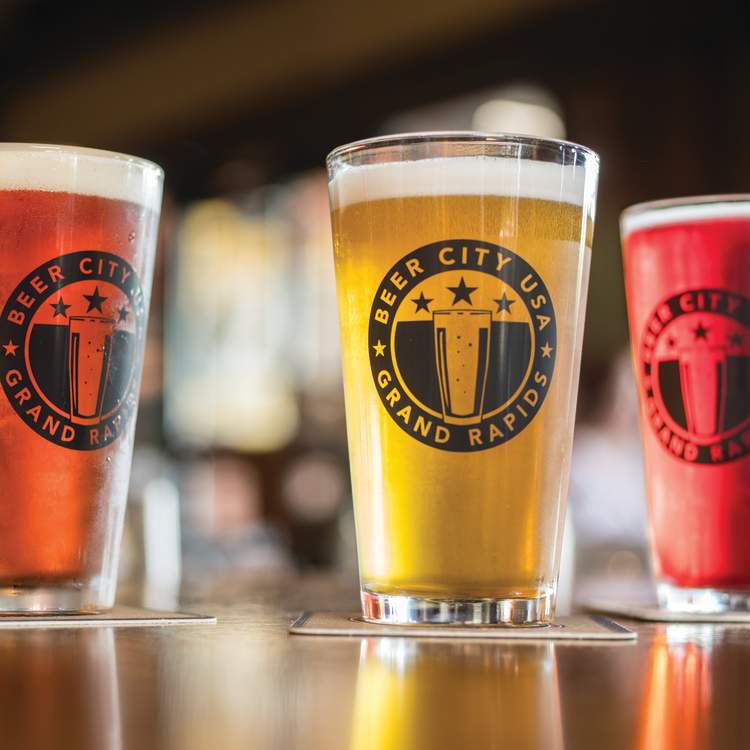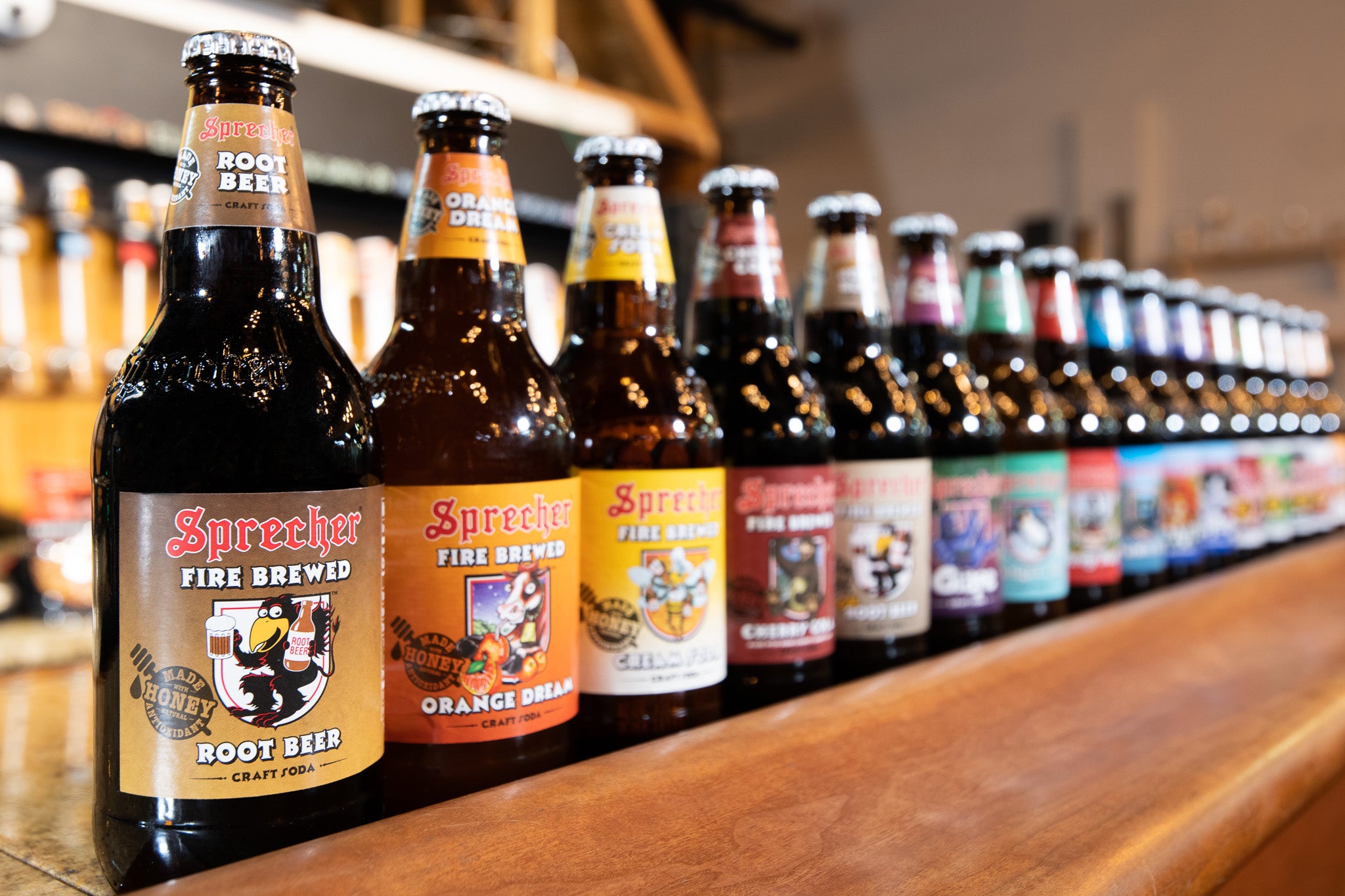Galveston Liquor: The Ultimate Location for Moods and Glass of wines
Distillery Dynamics Introduced: a Journey With the Science and Art of Spirits Manufacturing
As the curtains are drawn back on the complex globe of distillery characteristics, a remarkable world arises where scientific research and art merge to create the spirits we enjoy. The marriage of tradition and advancement in spirits manufacturing introduces a tapestry woven with strings of workmanship and technical innovations.
The Chemistry of Purification
The chemistry of purification, an essential process in the manufacturing of spirits, entails the separation of elements based on their different boiling points. This distilled liquid, known as the "heart cut," consists of the desired alcohol web content and flavor substances.
During distillation, 3 primary portions are acquired: the "heads," which have unpredictable substances and greater alcohols that can be hazardous if eaten in large amounts; the "hearts," the prized section with the desired ethanol and taste profile; and the "tails," which include heavier compounds and fusel alcohols. Proficient distillers must carefully check the temperature and circulation rates to divide these fractions successfully, guaranteeing a top notch end product. The chemistry of distillation is a fragile interplay of warmth, vaporization, and condensation that changes a simple fluid mix right into a facility and fine-tuned spirit.
Artisanal Craftsmanship in Spirits Making
Among the globe of spirits production, artisanal workmanship plays a critical function in boosting the quality and character of distilled drinks (Breweries in Galveston Texas). Artisanal craft distillers concentrate on small, hands-on manufacturing methods, typically making use of standard strategies that have been passed down with generations. These dedicated artisans and females prioritize top quality over quantity, paying precise attention to every step of the distillation procedure
Artisanal craftsmanship in spirits making involves a deep understanding of the raw materials used, such as grains, fruits, or botanicals, and how their qualities influence the end product. From picking the finest ingredients to thoroughly keeping track of distillation, fermentation, and aging, artisans instill their spirits with interest and know-how.
Moreover, artisanal craft distillers commonly accept testing and advancement, pushing the limits of conventional spirits production. They may present one-of-a-kind taste accounts by integrating in your area sourced ingredients or utilizing innovative aging methods. This commitment to creative thinking and quality lead to spirits that are not just of remarkable quality yet likewise showcase the virtuosity and uniqueness of the distiller.
Advancements in Aging Methods

One famous innovation obtaining grip is using smaller barrels for maturing spirits. By boosting the surface area-to-volume proportion, smaller sized barrels give flavors much more quickly, bring about a much more intense growth process. This method is particularly preferred among craft distillers seeking to generate top quality spirits in a shorter duration.
In addition, distillers are increasingly transforming to alternate wood types, such as cherry or acacia, to impart unique tastes to their aged spirits. These unconventional woods supply a distinct taste account, setting their items apart in an affordable market.
Furthermore, advancements in innovation have actually allowed distillers to discover increased maturing approaches, such as ultrasound or temperature level and stress variations. These techniques enable for specific control over the aging process, resulting in ingenious taste accounts that press the borders of traditional spirits production.

The Duty of Yeast in Fermentation
A necessary component of the fermentation procedure in distilling is the role played by yeast. Yeast, a single-celled bacterium, is important in anonymous transforming sugars right into alcohol and carbon dioxide throughout fermentation. In the context of distilling spirits, yeast plays an essential role in the manufacturing of ethanol, go to website which is the primary alcohol in the majority of alcoholic drinks.
Yeast achieves this via the procedure of anaerobic respiration, where it metabolizes sugars such as glucose and fructose right into ethanol and carbon dioxide. Different pressures of yeast can impart special tastes and aromas to the final spirit, adding to the intricacy and character of the distilled item. Distillers very carefully pick yeast strains based on their preferred taste profile and fermentation features.
The fermentation procedure can last anywhere from a few days to a couple of weeks, depending upon variables such as yeast temperature level, pressure, and sugar content. Tracking and managing the fermentation procedure are important to make sure optimum yeast task and alcohol manufacturing. Overall, yeast is a fundamental player in the alchemical change of raw active ingredients into the spirited potions enjoyed by consumers worldwide.
Lasting Practices in Distilleries
In the contemporary distilling sector, carrying out sustainable techniques has come to be a pushing top priority for distilleries looking for to lower their environmental impact and make sure long-lasting viability. Distilleries are progressively recognizing the importance of adopting green procedures throughout the production procedure. One vital element of sustainability in distilleries is water conservation. Distilleries need considerable amounts of water for numerous stages of manufacturing, and implementing water recycling systems or utilizing rainwater harvesting methods can dramatically decrease water usage and lessen the distillery's overall ecological impact.
Additionally, sustainable energy sources are getting traction in the distilling world. Several distilleries are purchasing renewable resource innovations such as photovoltaic panels or biomass boilers to decrease dependence on non-renewable power sources and reduced greenhouse gas emissions. Furthermore, waste monitoring practices play a vital duty in lasting distillery operations. Distilleries are checking out cutting-edge ways to repurpose spin-offs such as spent grains or distillation deposits, turning waste right into resources through methods like animal feed production or composting. web By accepting lasting practices, distilleries can not only minimize their environmental impact but also appeal to ecologically conscious consumers and add to a much more lasting future for the industry.
Final Thought
From the chemistry of purification to the duty of yeast in fermentation, distilleries are frequently introducing and exploring to produce top notch spirits. The combination of custom and development in spirits production highlights the complexity and creative thinking involved in this ancient craft.
As the curtains are drawn back on the complex globe of distillery characteristics, an interesting world emerges where science and art converge to produce the spirits we savor.The chemistry of distillation, a basic procedure in the production of spirits, involves the separation of elements based on their various boiling factors.Additionally, artisanal craft distillers usually embrace trial and error and advancement, pressing the limits of standard spirits production. In the context of distilling spirits, yeast plays a pivotal duty in the production of ethanol, which is the key alcohol in most alcoholic drinks.
From the chemistry of purification to the role of yeast in fermentation, distilleries are constantly exploring and innovating to produce high-quality spirits.